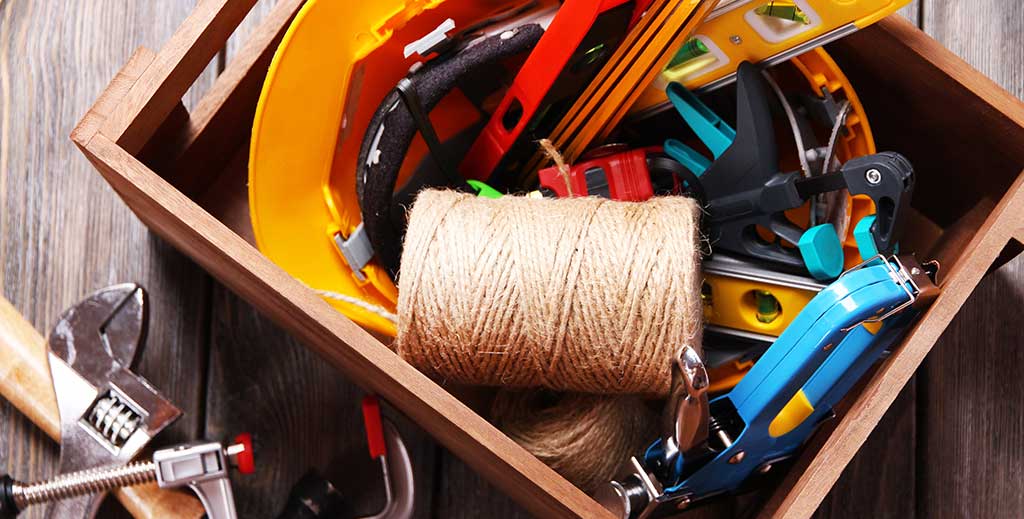Injury Myths
Ref: Carl Potter and Deb Potter, 3 Myths about Workplace Injuries
“You cannot create an injury-free workplace”. It is shocking how many people believe that no workplace can be made free of injuries. Certainly situations change over time, sometimes even very quickly, making it difficult to identify and control hazards. It requires discipline and diligence to recognize and mitigate every hazard. When we understand what it takes to create an injury-free workplace, we are able to hit the target more than not. Hazards are the reason people get hurt, without the hazard there is no injury. When we fail to follow safety procedures and or wear our personal protective equipment we increase the risk of an injury. A hazard-free workplace is created by actively identifying, evaluating the risk and applying controls to physically protect ourselves. Being safe takes too much time and money. When people say that it takes too much time or money to be safe, they obviously don’t understand the power of a cost/benefit analysis. Have you ever considered the direct and indirect cost of even a minor injury? And, the thought of pain and agony that an injury causes should be enough to make anyone do everything they can to stay safe. If you feel that being safe takes too much time and money, you have an attitude problem. A personal injury impacts the productivity of the company, the earning power of the individual who is injured and takes valuable quality time away from families. Accidents just happen. Research shows that over 99% of all accidents are preventable. If you think that accidents just happen, then what allows you to drive down the road, walk down the sidewalk, or even live in your home without great fear? The reality is that you have a great deal of control over the circumstances around you. In the work environment it is vital that workers understand the importance of knowing how to prevent personal injuries. Any worker who thinks that working safe is a matter of fate is a danger to themselves and co-workers. Fate is the hunter, but the worker who prepares by learning everything they can about working safe is less likely to be injured. When conducting a job briefing the fates are dismissed by taking time to identify any hazards. When the worker believes that they have no control they are likely to miss a hazard and in turn miss preparing themselves to hit the goal of nobody gets hurt. Safety is an action word, but most of the time we treat it as something passive. Be safe, have a safe trip or make safety your first concern. To make something safe takes action and requires one to do something. That something is to recognize what can cause an injury (hazard) and then take steps to control it in a manner that ensures nobody gets hurt. Creating a workplace that targets zero-injuries is not a gimmick or a new safety program – it is a workplace where everyone cares enough to engage in the safety process. To create such a workplace the organizations need leadership and leadership is at all levels. Will you take action to engage and challenge the people you work with or are you just talking about safety?
“I think of attitude as an inward feeling expressed by outward behavior.” -John Maxwell
Thanks, TO



